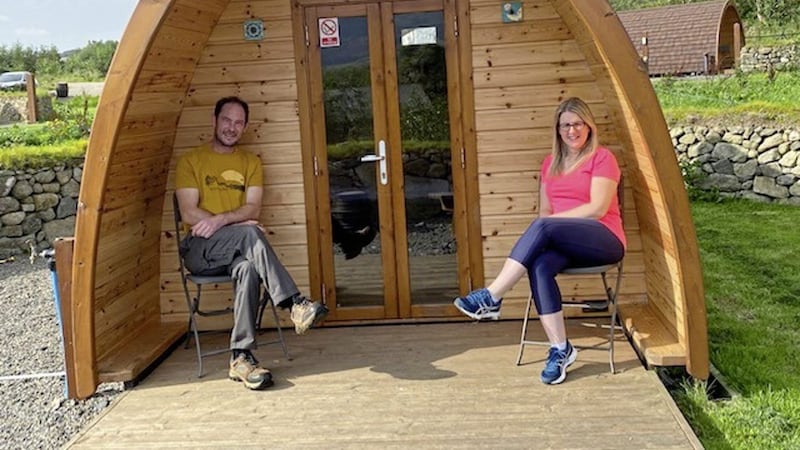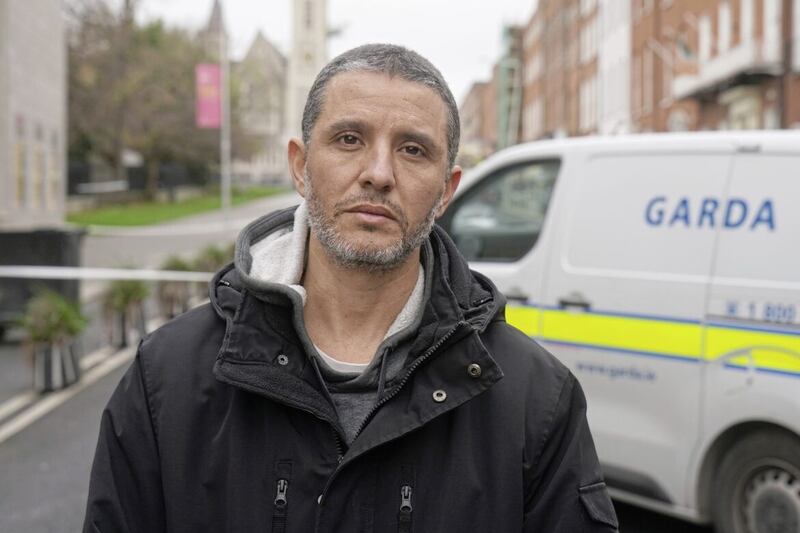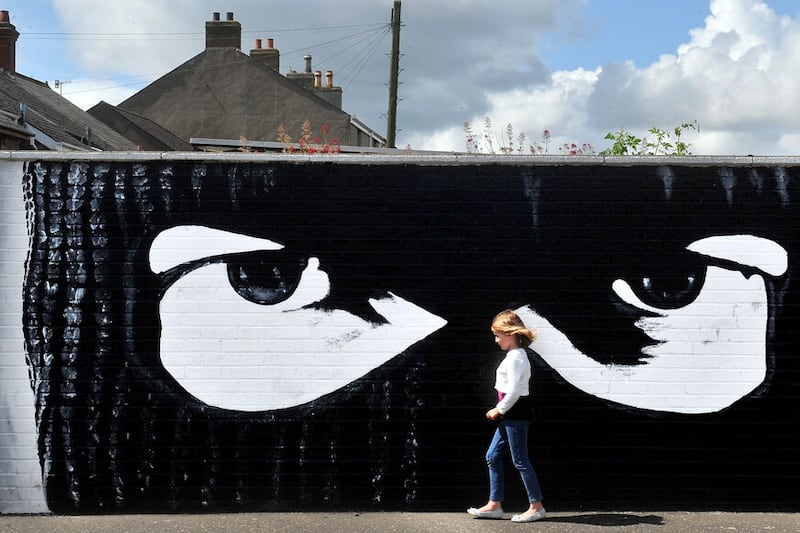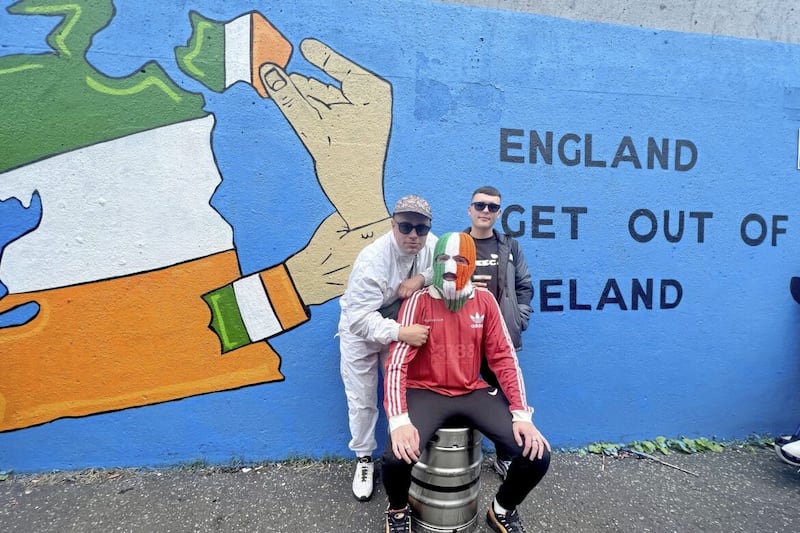I REMEMBER it well. October 1987 and I was criss-crossing Armagh hosting an offspring of the late Robert Kennedy. One of the destinations was Ara Coeli to meet Cardinal Tomás Ó Fiaich.
His Eminence was an earthy man. He had few questions for the scion of the Kennedy family but loads for me. “Where are you from?” “Which Kelly are you?” Are you related to Owenie Kelly? I think my replies disappointed him. Worst of all, my football allegiance was (and remains) to the Red and Black, not the Orchard county.
Roll on 33 years and my new-found sense of where I am from would have brought a wry smile to the cardinal’s face, along with the welcome snifter of uisce beatha – which I declined during our encounter.
A few weeks ago I discovered my paternal great-grandfather and three sets of his antecedents came from two neighbouring townlands in south Armagh – Shean and Shanroe between what is now Forkhill and Mullaghbane.
My family timeline pales into insignificance when you consider there have been settlements in the shadow of Slievegullion for 6,000 years and every rock, tree, road, hedgerow and stream is part of its story as much as the people who lived here.
While at the Abbey in Newry, a schoolteacher gave me a book called The High Deeds of Finn Mac Cool – Captain of the Fianna. The enchantment of Finn on Slievegullion read like a tale from Greek mythology – but it’s folklore from here not Mount Olympus.
Soon I was hooked on other legends about Cuchulainn, the children of Lir, and the Cattle Raid of Cooley...
The Ring of Gullion is saturated in folklore. The entire area is steeped in the oral tradition of songs and storytelling. But would any of this kindle in me a fire to spend time in a part of our country so rich in offerings but so close to home?
Well, the short answer is yes, and the recent period of semi-lockdown seemed the perfect time to do it. Living with Covid-19 has acclimatised us to seek out new activities.
But if I was to stay, where and what would I do? Rather annoyingly, south Armagh is often lumped with the Mournes as a kind of tourism sub-brand. Yet south Armagh is to the Mournes what the Kingdom of Kerry is to Kildare.
But thanks to Ring of Gullion geo-ambassador, history guide and cultural tour de force Una Walsh, the region has braced its shoulders and now stands tall as a destination in its own right.
And Una is not on her own – there are a whole legion of new ambassadors for south Armagh whose expertise can be sought out on a range of subjects from myths and legends, traditional crafts, genealogy, poetry, rebellions, landlords, famine, geology, songs, sports, graveyards, passageways, tombs, treachery and forts.
On my way to Forkhill I stopped off at the magnificent forest park of Slievegullion. This is perhaps one of south Armagh’s most underrated attractions and the natural forest walkways are undoubtedly enhanced by the skills of local arts group Sticky Fingers who have transformed a section into a Fairy trail.
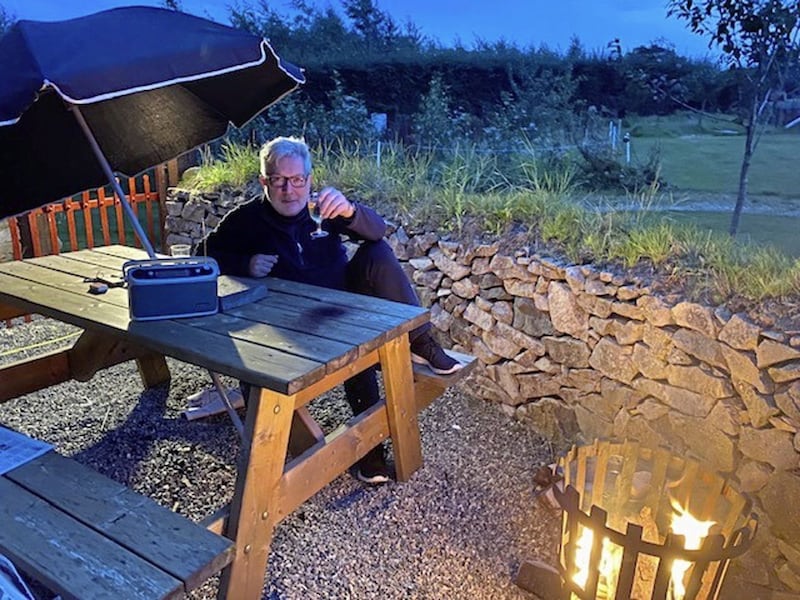
Atop Slievegullion there's the reward of a mountain lake and a Neolithic passage tomb which predates the pyramids. It more than equals the better-known Newgrange, especially during the winter solstice.
But as Keady songster the late Tommy Makem once said – “South Armagh remains one of the last undiscovered parts of Ireland” and therein is lies its charm.
Leaving Slievegullion, I head to the Killeavy Old Churches and the resting place of St Moninna who it is said founded a convent there “with nine virgins and a widowed mother with a son”. Even more remarkable is that the son, Luger became a bishop.
These ruins are part of the South Armagh Poet Trail, fascinating because the poets then were among the most notable in Ireland; Art MacCooey, Seamus Mor McMurphy and Peadar O’Dornin were the celebrities of their day and no less likely to court controversy whether with drink, ladies, bawdiness or even a bit of rebellion.
After a quick skite around Crossmaglen Square, I catch up with Una Walsh and she takes me to Creggan Graveyard. This she says is where the entire history of south-east Ulster is to be found.
The original church was founded in 1480 by the O’Neills and the replacement and current church was built in 1758. The crypt of the O’Neills is visible.
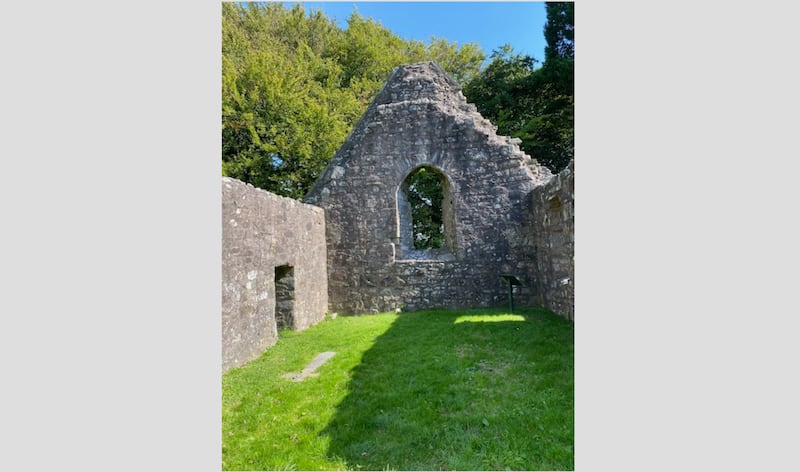
Uniquely Creggan, with a Catholic and Protestant heritage, is a resting place for the Planter, the Gael and their descendants. Indeed, Una’s forbearer Seamus Mor MacMurphy, a rapparee, was buried there after his hanging by Johnson of the Fews, High Sheriff of Armagh, who is also interred at Creggan.
Una speeds through history like a human time machine and talks of Roches' Anglo-Norman Castle, Moyry, which Mountjoy fortified as the Gap of the North for King William and Derrymore, home to the last chancellor of an all-Ireland parliament and where it's claimed the Act of Union was signed. All this within 10 miles of Newry.
Where to stay? Once that would have been a challenging question but now there are a multiple of options available from the Canal Court, Newry, the Carrickdale, The Cross Hotel, Crossmaglen, Ti Chulainn, Mullaghbawn, or the restored 19th century Irish manor house, Killeavy Castle and Spa.
But what caught my eye was something completely different; a Facebook advertisement for Blue Bell Lane Glamping, Mullaghbawn.
I was not exactly sure what glamping involved and my last attempt at camping disastrously ended with me grumpily wrapped up in the ground sheet and sleeping under a tree in Connemara. Bear Grylls I am not.
But Blue Bell Lane Glamping is the Hilton of glamping. The skill requirements are no more than the ability to flick a switch, ignite a cooker or uncork a bottle of wine.
It is an exquisite collection of pods, shepherd’s hut and self-catering cottages tastefully designed and located in the midst of south Armagh at the foot of Slievegullion. Each pod is situated in what looks like a mini-rath.
And remember my schoolboy storybook about Finn MacCool? Well here the tale gets a local twist: Finn’s encounter is with 'The Callaigh Bhirra’ or Hag of Beare and at Halloween she is reenacted for children in Blue Bell Lane.
The inspiration behind Blue Bell Lane Glamping is the welcoming, modest but multi-skilled Padraig Carragher. He and his talented artist wife Sharon and have a strong sense of belonging to south Armagh. You can feel Padraig’s pride in being rooted here. He reminds me that a generation is only but a blip in the thousands of years that have sculpted this landscape and its people.
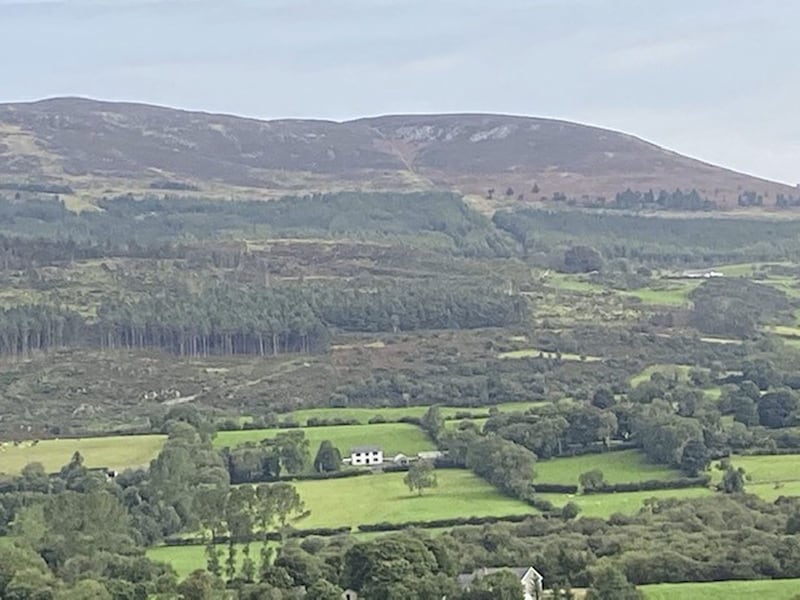
And this is a man who knows something about sculpting as he fashions things with wood. He nurtures saplings, watches them grow and then, as a wood-turner, takes what nature gives up and creates purposeful artefacts.
Watching Padraig is Colleen Savage, balladeer, south Armagh tourism ambassador and part-time planning consultant. She tells me that over four years he has planted a mind-blowing 22,000 native trees on site.
Within Bluebell there is also a 1.2km nature trail and Padraig, as a wood turner, offers workshops with what he claims is a 100 per cent success rate with his trainees.
Colleen is owner of Oriel Events. She organises wonderful musical vents in both real time and online. She also conducts tours based on the oral traditions of south Armagh. As a singer/songwriter from the folk and Irish traditional genre, Colleen represents a new and enthusiastic group of champions for tourism here. Their pride is palpable.
Another feature of my visit was discovering that Carrickmacross lace (which formed part of Kate Middleton’s wedding dress) should be perhaps better known as Culloville lace. This gem was provided to me by Rosie Finnegan Bell. Lace-making dates back to the 1830s in the region and was in some ways the only way a woman could make an independent living.
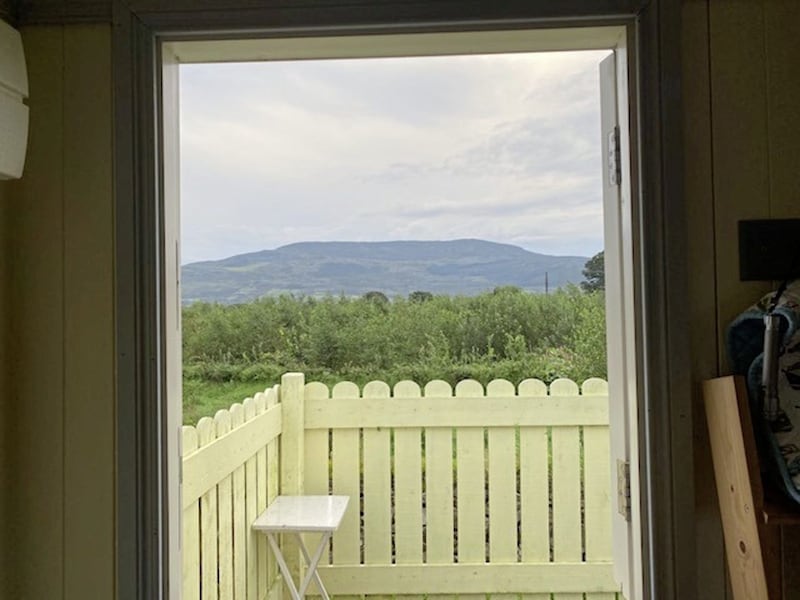
Culloville was also home to the first purpose-built lace-making school in Ireland and it was a truly ecumenical effort. Today workshops continue and have even adapted to online due to Covid.
Reflecting on my short time in south Armagh as a destination, Slievegullion cast its spell and leaning over the red gate at my shepherd’s hut I could see Shanroe, the place of my forefathers and I thought “Ar ais sa bhaile le mo mhunitir.”
I slept easy that night knowing the Hag of Beare couldn’t turn my hair white as she did with Finn MacCool.
Heading home, I passed a glistening Camlough Lake with its majestic swans holding court as if in a legend of their own. South Armagh gets into your soul.
TRAVEL FACTS
Useful contacts for visitors to south Armagh include:
Bluebell Lane Glamping – Info@bluebell-lane.com
Úna Walsh Historian & Tour Guide – unawalsh54@gmail.com
Colleen Savage (Oriel Events) – colleen@orielplanning.co.uk
The South Armagh Lace Collective / Lace, Love and Forget-Me-Nots – Rosie.bell110@yahoo.com
